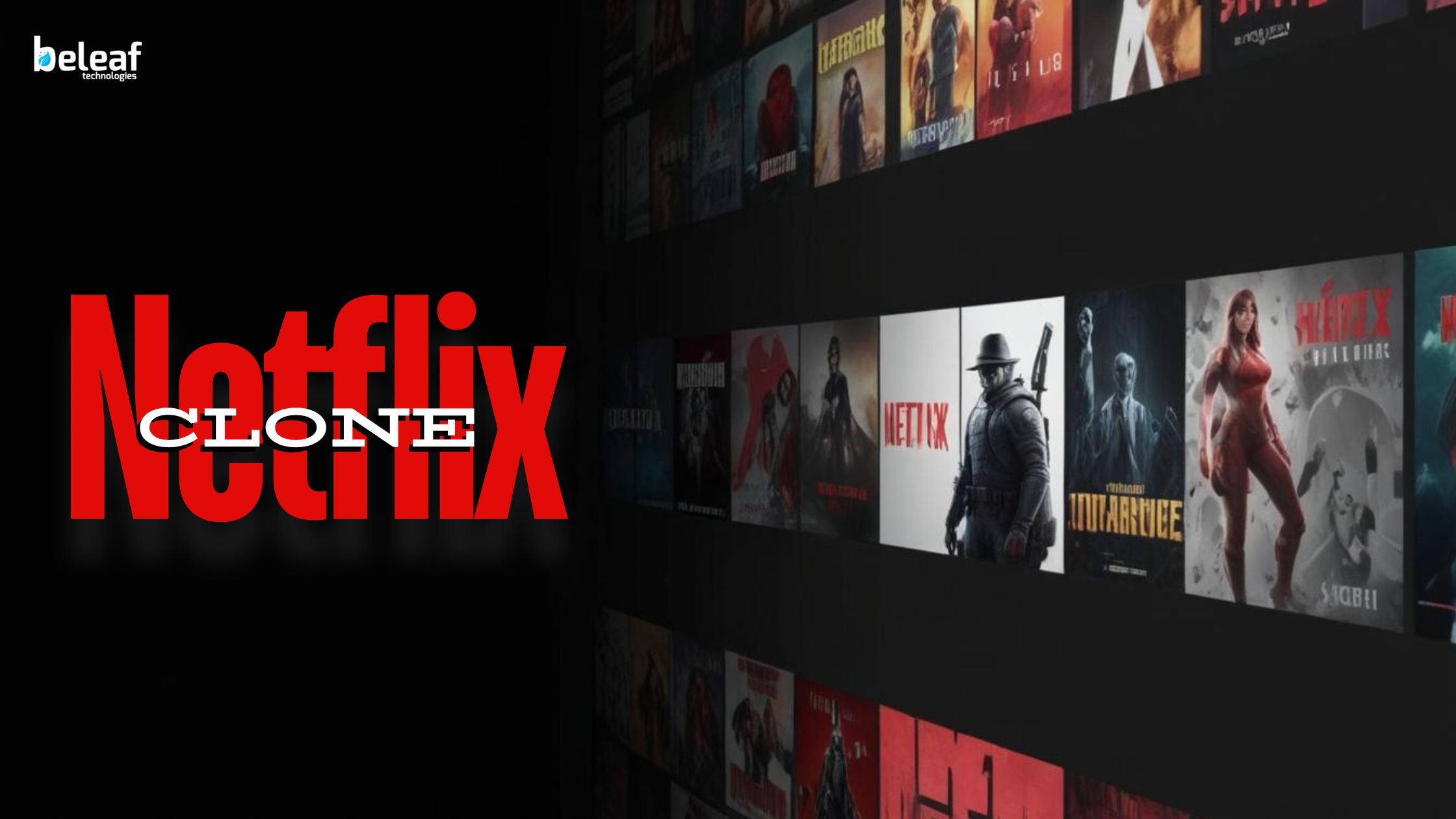In the era of digital entertainment, launching an OTT (Over-the-Top) platform has become an attractive business model. However, building such a platform from scratch can be both time-consuming and financially demanding. That’s where a Netflix Clone comes into the picture. It provides a ready-made structure and functionality that mirrors Netflix, significantly reducing the development timeline and cost.
This blog explores how a Netflix Clone streamlines the process of OTT platform development, covering the technical, financial, and operational advantages.
1. Understanding the Concept of a Netflix Clone
A Netflix Clone is a pre-built OTT platform script that replicates the core features of Netflix. It typically includes user registration, content browsing, subscription management, multi-device support, and advanced search capabilities. Developers can customize the script to match a unique brand identity and content strategy. Instead of reinventing the wheel, this approach allows for rapid deployment using a proven system.
2. Reducing Development Time Through Pre-Built Architecture
One of the most significant advantages of using a Netflix Clone is the reduced time required to launch. A custom-built OTT platform can take anywhere from 6 months to over a year. In contrast, a clone-based solution can cut this down to a few weeks. This is because the core architecture such as content streaming, user account systems, and payment integration is already developed, tested, and functional.
With a solid foundation in place, teams can focus on refining the UI, adjusting features, and uploading content rather than building everything from the ground up.
3. Cost Efficiency in Platform Launch
Custom OTT development involves hiring a team of front-end and back-end developers, UI/UX designers, QA testers, DevOps engineers, and project managers. The total cost can quickly escalate depending on the platform’s complexity. A Netflix Clone, however, offers a more budget-friendly alternative.
By starting with a ready-made solution, businesses save on initial design, development, and testing costs. Additionally, maintenance costs are often lower since the clone scripts have already gone through multiple iterations and quality checks.
4. Scalability and Feature Customization
Using a clone doesn’t mean sacrificing innovation or scalability. A well-designed Netflix Clone offers a modular structure, allowing developers to add or modify features as needed. Whether it’s introducing live streaming, multi-language support, or advanced analytics, the platform can evolve with user needs and business growth.
Moreover, since the base code is often optimized, scaling the platform to accommodate more users or regions becomes less of a technical burden.
5. Integrated Video Management System
OTT platforms rely heavily on video management handling large files, streaming speeds, adaptive bitrates, and secure storage. A Netflix Clone usually includes a built-in video content management system (CMS), saving developers from building one from scratch.
This integration allows for faster video uploads, real-time processing, and smooth playback experiences across devices. The pre-integrated system also reduces the time spent troubleshooting performance issues during the launch phase.
6. Built-in Security and Compliance Features
Protecting content and securing the platform are essential requirements for any OTT service. Implementing industry-standard security features from the ground up can be complex and expensive. Most Netflix Clone scripts already come with key security measures such as encrypted streaming, watermarking, and user authentication protocols.
They may also support compliance frameworks like GDPR, helping reduce legal risks and operational delays related to data protection and copyright enforcement.
7. Faster Market Testing and Iteration
With a Netflix Clone, businesses can quickly launch a minimum viable product (MVP) and begin testing with real users. This early feedback is invaluable for making improvements before scaling. It’s a more agile approach compared to full-scale custom development, which may delay user interaction until much later in the process.
Market testing with a ready-made solution also provides faster insights into content preferences, user interface behavior, and subscription trends, all of which can guide better business decisions.
8. Focus on Content and User Experience
By reducing the technical and financial burden of development, a Netflix Clone allows platform owners to concentrate on the core of any OTT service: content and user engagement. Rather than spending months on backend logistics, businesses can prioritize licensing, producing, or curating high-quality content.
This shift in focus is crucial, as user retention and growth are driven more by what users can watch and how they experience the platform than by the code behind it.
Final Thoughts
Launching an OTT platform is a complex venture, but it doesn’t always have to start from scratch. A Netflix Clone simplifies the journey, allowing businesses to enter the market faster, reduce costs, and focus on delivering value through content. By leveraging a clone solution, you build on a proven model while maintaining room for innovation, customization, and long-term growth.
For those considering entering the OTT space, understanding the practical benefits of a Netflix Clone can be the difference between an extended, expensive development cycle and a swift, cost-effective launch.






